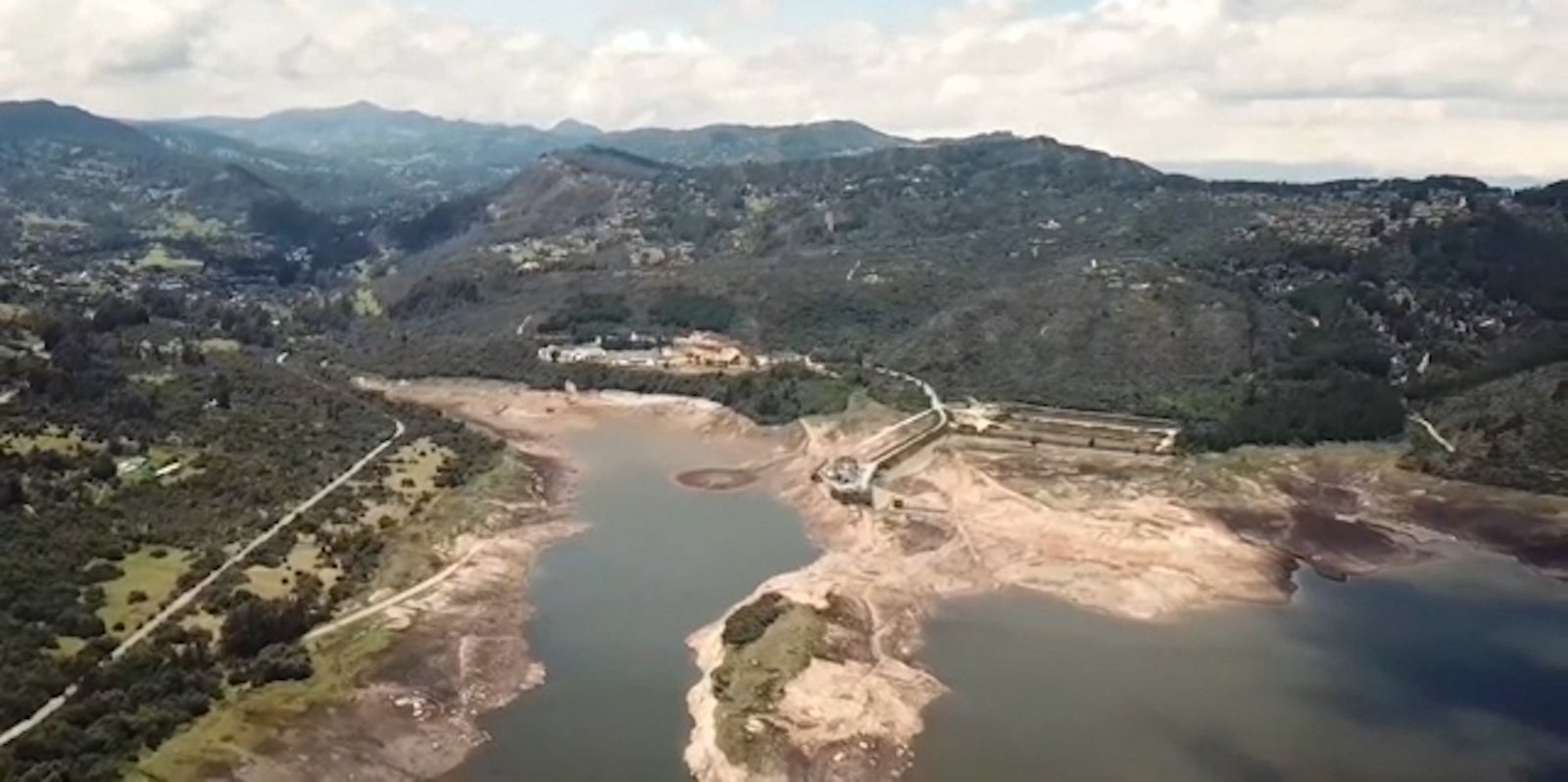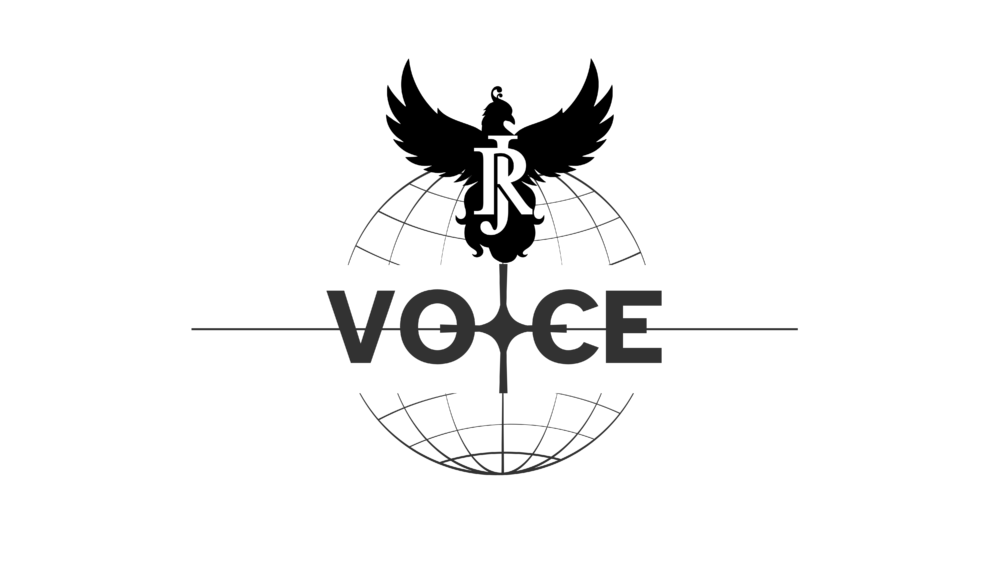After a full year under water rationing measures, Bogotá is officially lifting restrictions on water service. Mayor Carlos Fernando Galán announced the end of the capital’s most severe water crisis in recent history, declaring on Friday morning that water rationing would be permanently suspended as of Saturday.
“This marks the close of the most difficult water crisis Bogotá has ever experienced,” said Galán, crediting the city’s residents, emergency management strategies, and infrastructure improvements for averting further catastrophe. “Thanks to everyone’s cooperation and the expansion of our water systems, we can finally say the crisis is behind us.”
Although the Chingaza System — the main water source for Bogotá — remains below 50% capacity, the situation has improved dramatically compared to the same time last year. A key development has been the expansion of the Tibitoc System, which has helped distribute the burden and stabilize water supply. Combined with a return of seasonal rains, conditions have become favorable enough to lift the rotating service cuts.
Accompanied by Natasha Avendaño, the manager of Bogotá’s Aqueduct and Sewerage Company (EAAB), Galán noted that 2024 tested the city’s resilience like never before. “This crisis affected daily life for millions, but we got through it with discipline, technical expertise, and public cooperation,” he said during the morning press conference.
Bogotá, despite being located in a country known for its freshwater wealth, remains highly susceptible to extreme climate events. The city of eight million, nestled high in the Andes, typically enjoys abundant rainfall. Yet, last year’s El Niño event — intensified by climate change — triggered prolonged dry spells and record-high temperatures. August 2024 went down as the driest month in over five decades. These conditions severely depleted water reserves in the high-altitude ecosystems surrounding the capital, especially in the Chingaza moorlands.
With the Chingaza reservoir dipping below 20% capacity in early 2024, the city initiated a rotating water rationing plan on April 11, dividing Bogotá into nine sectors and imposing scheduled service interruptions. From the industrial zones in the west to hillside neighborhoods in the east, residents had to adapt to reduced water availability. Officials even warned of a potential “Zero Day” last September — a scenario that would have activated more drastic restrictions if Chingaza fell to 36% of capacity — but that threshold was thankfully never reached.
The crisis prompted many residents to reflect on the city’s dependence on its highland water sources. Under normal conditions, Chingaza supplies around 70% of Bogotá’s drinking water. The Tibitoc System, which treats water from the Bogotá River, used to account for about 25%, while the Sumapaz moor contributed the remaining 5%. Due to recent upgrades, Tibitoc now supplies 44% of the city’s water, helping to ease pressure on Chingaza, which currently provides 53%, according to EAAB figures.
The city’s recovery has coincided with shifting weather patterns. While El Niño brought a prolonged dry period, the emerging La Niña phenomenon has reversed the trend, ushering in increased rainfall. Colombia’s national meteorological institute, IDEAM, forecasts higher-than-average rainfall during April, May, and possibly June. This change has already caused flooding alerts in various municipalities in Cundinamarca, due to rising levels in the Bogotá River.
While the immediate crisis has passed, officials continue to urge responsible water use. The experience of the past year, experts say, underscores the vulnerability of even the most water-rich nations to the effects of climate change. For Bogotá, the focus now shifts toward long-term solutions to ensure resilience against future droughts.































































